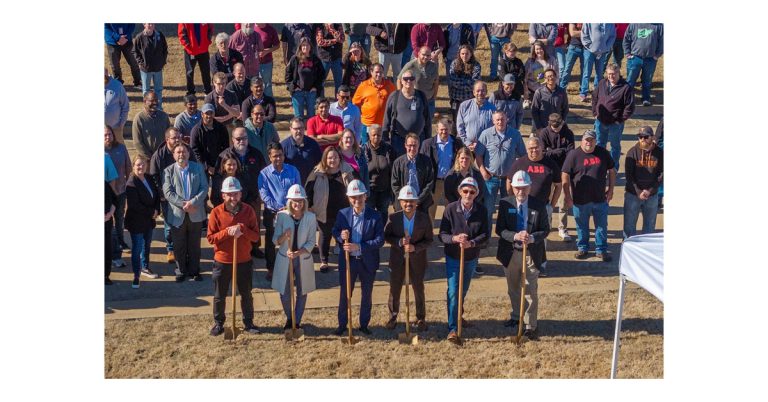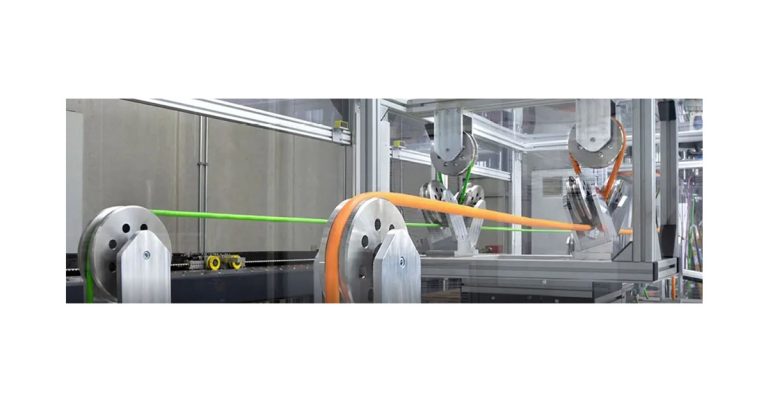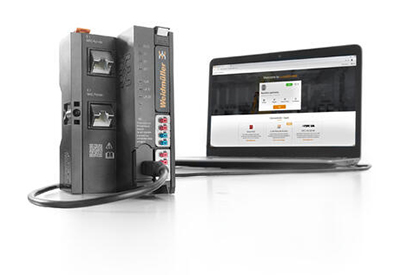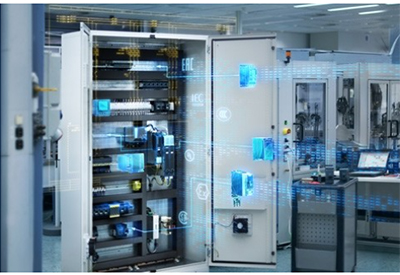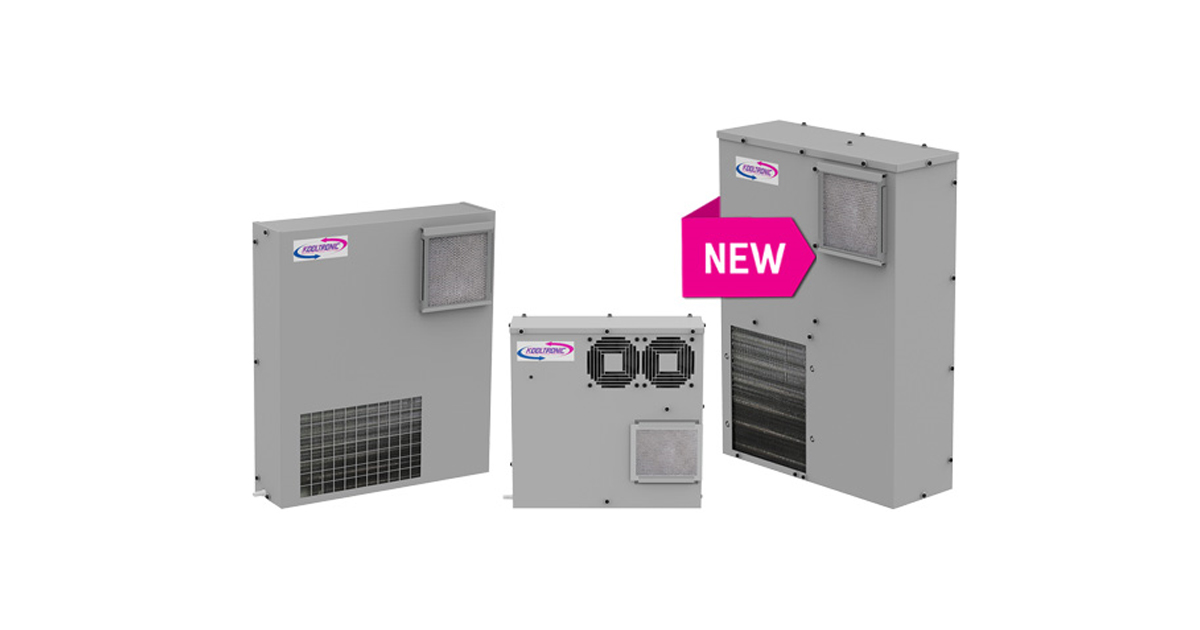Uninterrupted Power: The Importance of Investing in High-Quality Automatic Transfer Switches for Mission-Critical Operations
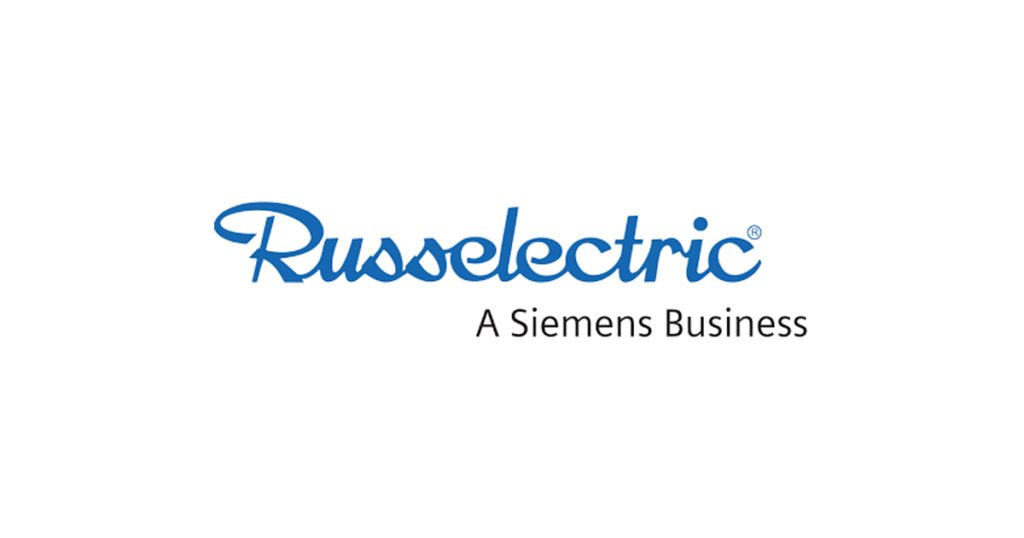
August 19, 2024
By John Stark, Russelectric, A Siemens Business
In today’s technologically advanced environment, providing an uninterrupted power supply to mission-critical applications such as data centers, healthcare facilities, and telecommunication infrastructures is crucial. A disruption in power can result in severe consequences, including data loss, compromised patient care, and communication breakdowns. It’s vital to recognize that not all transfer switches are created equal.
Automatic Transfer Switches (ATS) are key to safeguarding these environments by delivering a reliable means of power management. Their fundamental design, critical components, and the materials and manufacturing methods significantly impact long-term reliability and ease of maintenance. Investing in a high-quality ATS is not merely a choice; it is a necessity for protecting critical operations.
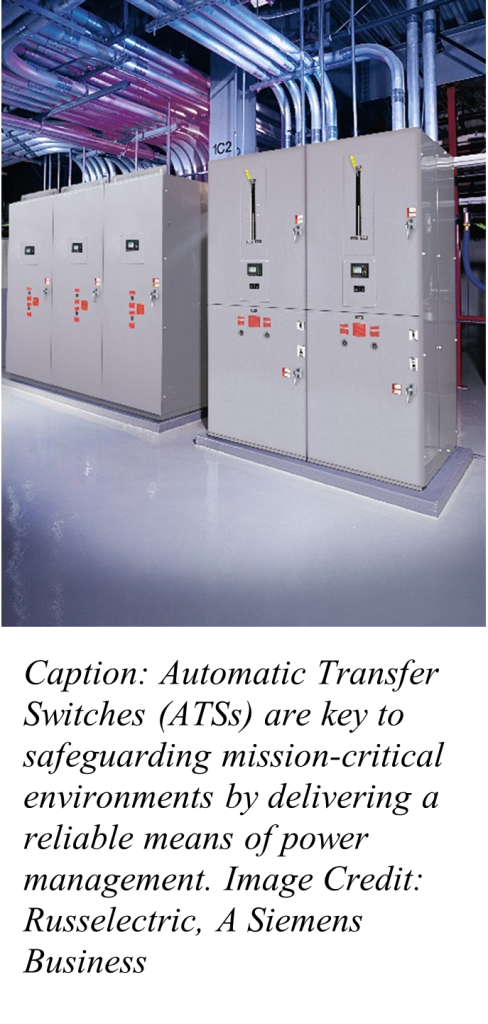
Catastrophic Consequences
Automatic Transfer Switches not only protect individuals—such as patients and employees—and sensitive electronic equipment, but also ensure the safety of operators conducting maintenance and operations on the ATS itself. The cost of downtime can be substantial, arising from damage to expensive and difficult-to-replace equipment, direct losses during outages, and the indirect high costs associated with halting business operations, which can severely affect a company’s financial standing and reputation. While significant problems with power supply are somewhat rare, when they do occur, they can be catastrophic. An electrical fire, for instance, can bring down a hospital or data center for months.
An ATS is designed to automatically transfer the electrical load from the primary power source to a backup source, such as a generator, upon detecting a failure or outage in the main power supply. This swift transition is essential for mission-critical applications, where even a momentary power interruption can have detrimental effects.
In the event of a utility outage, the ATS automatically activates, initiating the generator. Once the generator reaches its operational speed—typically within 10 seconds—the switch transfers power to the emergency generator. During this transition, the load supplied by the transfer switch will experience a brief interruption of about 10 seconds, unless it is coupled with a battery backup. In that case, the battery backup kicks in immediately.
One of the primary advantages of well-constructed ATSs is their speed. These systems can instantly detect power failures and initiate the transfer process, significantly reducing the risks associated with downtime. Unlike manual transfer switches, which require human intervention, automatic systems provide a seamless transition that enhances the reliability of power delivery.
Not All ATSs Are Created Equal
Designing a robust Automatic Transfer Switch demands a meticulous approach across all facets. These systems must withstand considerable short circuit stress, as demonstrated by published withstand rating tables. To ensure reliable, trouble-free operation with a minimum of maintenance for decades rather than just two or three years, three fundamental factors are crucial in their construction: superior materials, precision machining, and high performance design and engineering.
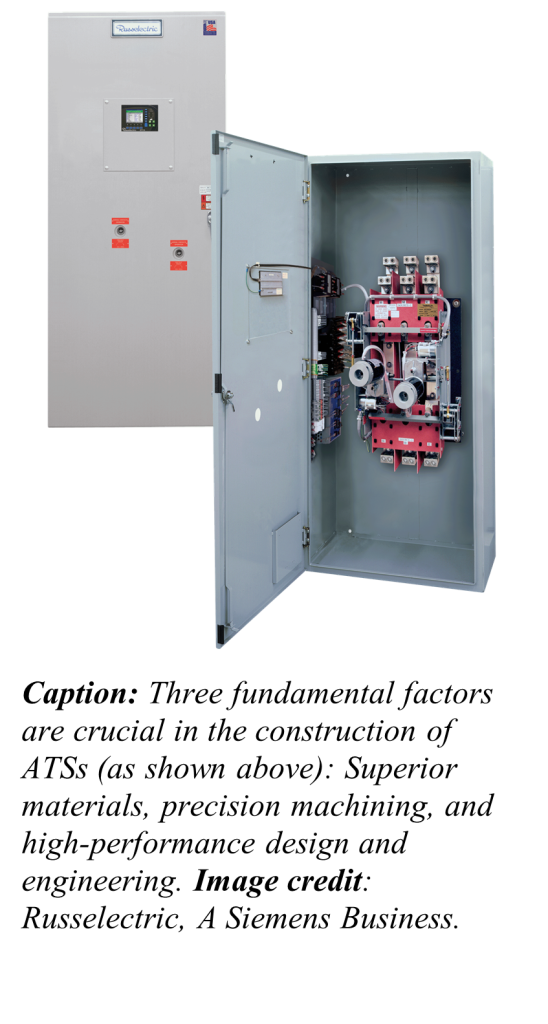
Superior Materials and Machined Components
To achieve exceptional performance, it is crucial to use components made from high-quality materials. High-quality ATSs have contacts crafted from extruded 100% copper, ensuring flexibility and durability. In contrast, lower-quality ATSs often rely on a casting process, where copper powder is poured into a mold, heated, and solidified. If the mold is flawed, the resulting components can become brittle.
Premium ATSs are constructed using precision machining, a labor-intensive and costly method. By machining all copper contact parts from solid extruded copper on a lathe—rather than using casting, forging, or stamping—durability is significantly enhanced.
Additionally, high-quality ATSs incorporate robust solid steel threaded rods and aircraft-grade joints, boosting durability and enabling them to withstand demanding conditions. These systems also feature carefully machined actuator arms, linkages, and other purpose-built components. In contrast, lower-quality ATSs frequently depend on molded plastic for these mechanical parts or use aluminum parts, compromising their overall integrity.
High Performance Design and Engineering
Intelligent and meticulous design and engineering are essential. For example, it is vital to eliminate any wiggle room that might lead to mechanical misalignment by rigorously testing systems under real-world stresses. Lower-quality ATSs often utilize rails with oval slots secured by nuts and bolts. If these fasteners become loose, the rails can shift, causing misalignment that necessitates a service call for correction.
Every detail is important—from bus bars being precision formed, cut, and punched of solid silver-plated copper to guarantee the integrity of the construction.
Quick-Break, Quick-Make, Preloaded Transfer
While quality materials and fundamental construction and design principles are vital, features can be equally crucial. For example, a critical component mandated in many states is the bypass isolation unit, which functions as a switch within a switch. In the event of a switch failure, an operator can quickly access the bypass handle to manually transfer any available power to the load. This process allows for the isolation of the automatic portion of the unit of various bypass configurations. Once bypassed, the automatic system can be easily isolated, enabling technicians to rack out the automatic switch and disconnect it for maintenance or repairs.
All Russelectric transfer switches feature preloaded high tensile springs and an overcenter mechanism driven by an electric operator for opening and closing the power contacts. Even the manual bypass function in these units use this method. During an open-transition transfer, the contact mechanism is securely locked in position until the overcenter position is reached. The preloaded springs then instantaneously open the closed contacts (quick-break) and instantaneously close the open contacts (quick-make) with a momentary break in between. During a closed transfer the springs act in the same manner, only in a quick-make, quick-break fashion.
These features provide for rapid full arc interruption, under maximum voltage and amperage. This considerably reduces contact erosion and increases the useful life of the switch, as well as the safety of operators.
Prudent Investment
In conclusion, investing in high-quality ATSs is a prudent decision for ensuring an uninterrupted power supply, and reducing the risk of catastrophic business, health and safety consequences.

Author Bio:
John Stark is a Product Line Manager for Russelectric, A Siemens Business, which designs, builds, and services on‐site power control systems. For more information, follow John and Russelectric on LinkedIn.
Learn more about Russelectric HERE.

